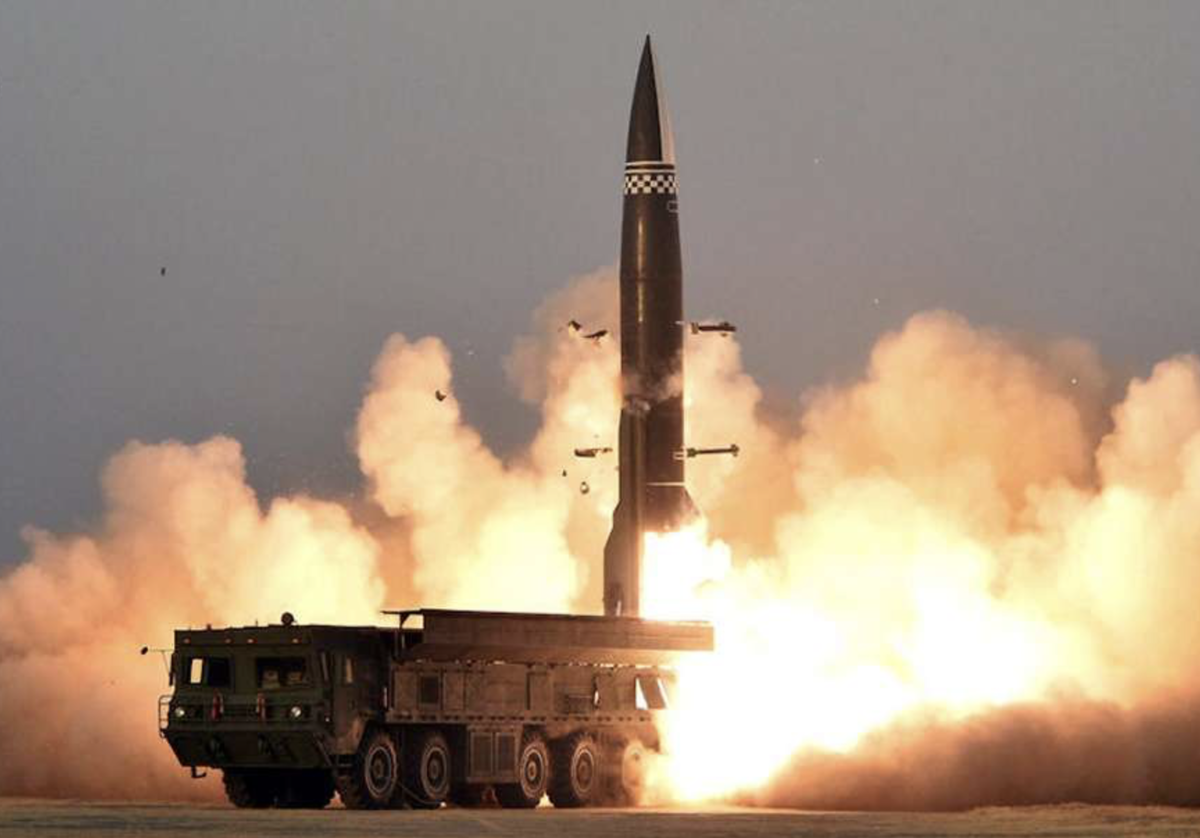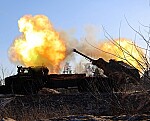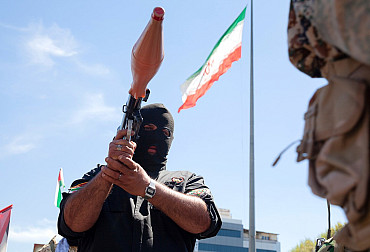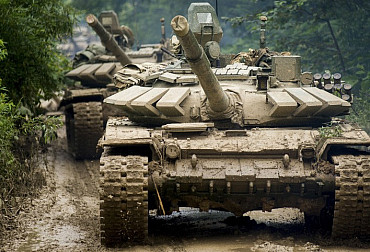North Korean missiles rain down on Sumy: A grim new chapter in the Kremlin–Pyongyang alliance
On April 13, 2025—Palm Sunday—a deadly double missile strike rocked the Ukrainian city of Sumy. The attack, which killed 30 people and wounded over 80, marks what is now considered the most devastating missile assault on a Ukrainian city this year. While initial reports pointed to Russian Iskander-M ballistic missiles, recent evidence suggests otherwise: the weapons used were KN-23 Hwasong-11A ballistic missiles, supplied to Russia by its increasingly active ally, North Korea.

From Pyongyang With Destruction
The KN-23, a short-range ballistic missile closely resembling the Russian Iskander-M, has been a growing part of North Korea’s military exports. First tested in 2019, the missile has a reported range of up to 690 kilometers and carries a warhead weighing approximately 500 kilograms. Although its guidance capabilities remain uncertain, the missile is believed to lack the precision of modern Western systems. What it lacks in accuracy, however, it makes up for in strategic impact.
Russia, despite being a leading global producer of artillery shells, has become increasingly dependent on foreign military aid due to the relentless pace of its war against Ukraine. Among its suppliers, North Korea has emerged as a surprisingly vital partner. Pyongyang has reportedly provided hundreds of 152mm artillery shells, M-1978 Koksan self-propelled howitzers, and now, high-impact ballistic missiles like the KN-23.
A Calculated Massacre in Sumy
What makes the Sumy attack particularly disturbing is not just the use of foreign missiles, but the clear tactical intent behind it. According to Polish defense outlet WPtech, the first missile carried a high-explosive fragmentation warhead that hit civilian infrastructure. When emergency responders arrived on the scene, a second missile—equipped with a cluster munition warhead—detonated approximately ten meters above ground, maximizing shrapnel dispersal and targeting rescuers and bystanders alike.
This "double tap" tactic, which deliberately aims to kill those responding to the initial strike, is not new to Russian operations in Ukraine. From cruise missiles to artillery shells, the Kremlin has repeatedly used this method to inflict maximum civilian casualties and sow terror. Videos from Sumy show lifeless bodies scattered among emergency vehicles—a brutal reminder that the war is not confined to front lines.
Russia later claimed the strike targeted a "legitimate military ceremony," a justification starkly contradicted by footage of civilian victims and destroyed public transport.
A Growing Military Pipeline
North Korea’s contribution to the Russian war machine extends far beyond a few missile systems. In addition to ballistic missiles and artillery shells, Pyongyang has delivered M-1978 Koksan howitzers and mobile anti-tank systems like the Bulsăe-4, further entrenching its support for Moscow’s campaign. The relationship, however, is reciprocal.
According to The War Zone, Kim Jong-un has already received advanced S-400 air defense systems in return. Newsweek reports that aging MiG-29 and Su-27 fighter jets are also en route to North Korea, enhancing Pyongyang’s air capabilities.
Western Air Defenses Under Strain
Ukraine’s ability to intercept such ballistic threats is worryingly limited. Systems like Patriot and SAMP/T are few and far between, and both are hampered by a lack of missiles. With political uncertainty surrounding future U.S. support—especially under potential leadership changes—the situation could become even more dire. Ukrainian air defense may soon be unable to protect its cities from repeated missile onslaughts.
An Unholy Alliance, A New Front in Europe
The use of North Korean ballistic missiles in Europe underscores an unprecedented shift in global alliances. A regime once considered isolated and irrelevant to European affairs now plays a decisive role in the continent’s most destructive conflict since World War II.
From ammunition to missile systems, North Korea’s military support is helping Russia continue its assault on Ukraine. The Sumy strike serves as a horrifying symbol of this collaboration—a deadly export of tyranny from Pyongyang to the heart of Europe.
If this trajectory continues, the question is no longer whether North Korea will influence the outcome of the war, but how much destruction it will enable along the way.










